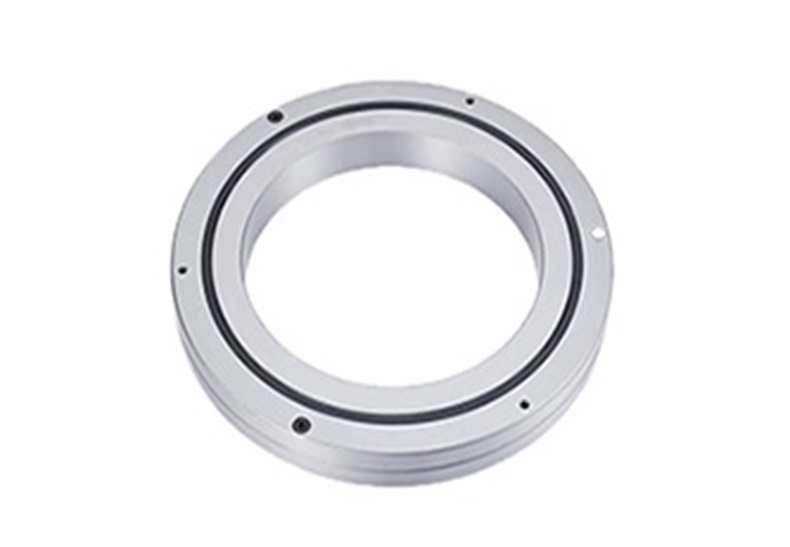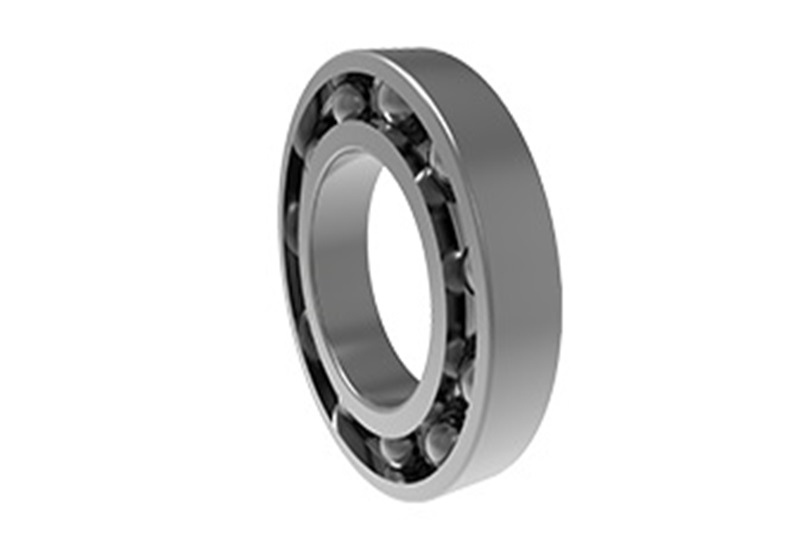Thin-Walled Bearings Widely Used in Industrial Robots
Industrial robot manufacturers have a high demand for thin-walled bearings, which is due to the solid product quality of bearing companies and the trend of development of the robot industry chain. With the arrival of the golden period, product development and production manufacturing of robots will become easier and the cost will drop sharply, providing many possibilities for robots to enter daily life. As an important supporting facility component of industrial robots, industrial robot bearings include two types of bearings: thin-walled bearings and cross-cylinder roller bearings. In addition, there are planetary reducer bearings, parallel line bearings, and hinge bearings, but the former two types of bearings are more commonly used.
Application of thin-walled bearings in industrial robots
The high precision, load-carrying capacity, low friction torque, and high bending stiffness of thin-walled bearings meet the requirements of industrial robot bearings, so they are now widely used in industrial robot bearings. At the same time, thin-walled bearings are significantly different from general thin-walled bearings in that the cross-sectional specifications in the same series of products do not change with the increase of inner diameter specifications, and the load-carrying capacity needs to be larger than that of general thin-walled bearings, making them widely used in small-sized joints, wrists, and abdomen of industrial robots. With the development of thin-walled bearings for many years, the product development, production and manufacturing, and testing of thin-walled bearing manufacturers have also been exercised and developed, and the product quality is becoming increasingly perfect.
Common maintenance issues of thin-walled bearings
No matter what type of thin-walled bearing product is used, we must do a good job of installation and disassembly before we can ensure the subsequent use of the bearings. In particular, each application and installation of the bearing is different, so we should try to specify the steps. Installation and disassembly should be carried out by people as much as possible to improve safety. It is worth mentioning that the mid-to-late-term maintenance of bearings is also a key step to improve the overall performance indicators of bearings. Next, we will focus on the common maintenance issues of bearings.
Pay attention to the original state of the sealing of sealed bearings and do not clean the interior.
Clean the installation surface with clean gasoline, gasoline, xylene or toluene water solution, and wipe it with a clean towel, then apply a thin layer of smooth oil.
When setting up the equipment, open the thin-walled bearing package, soak it in the above liquid such as gasoline, and rotate it rhythmically by hand to ensure that the sealing oil on the bearing, the rotation body and its rolling surface is completely cleaned.
When cleaning many bearings, first pour hot engine oil with a temperature of 90-100°C to solidify the sealing oil, and then use a special tool with a seamless joint and difficult to fall off to dig out all the old oil. After a few minutes, rinse it with gasoline and then rinse it again with gasoline.
The above is a detailed introduction to the maintenance work of thin-walled bearings, and it is recommended that everyone carry out a comprehensive inspection of the bearings at least once a quarter. When carrying out maintenance work on bearing products immediately, it can ensure good results and increase the service life.














 English
English  français
français  Deutsch
Deutsch  italiano
italiano 



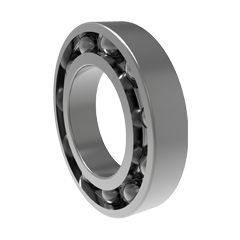
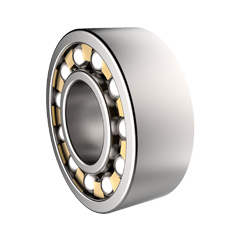
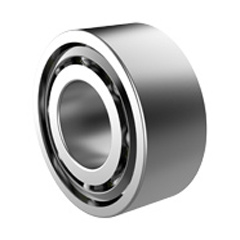
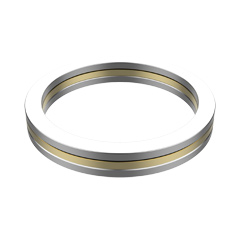
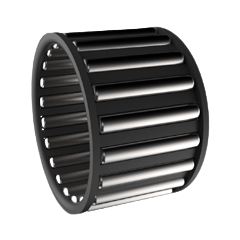
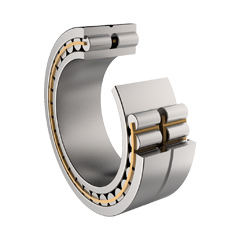
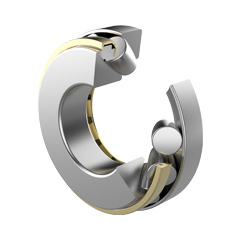
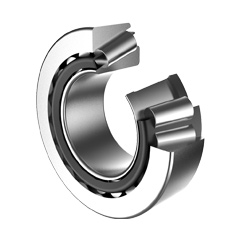
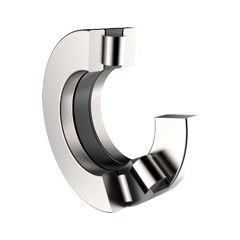
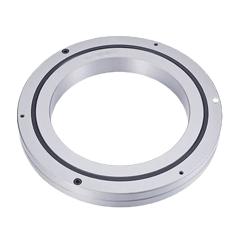
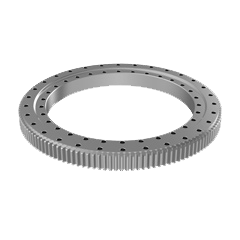

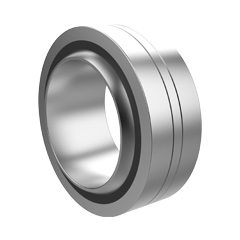

 English
English  français
français  Deutsch
Deutsch  italiano
italiano 

